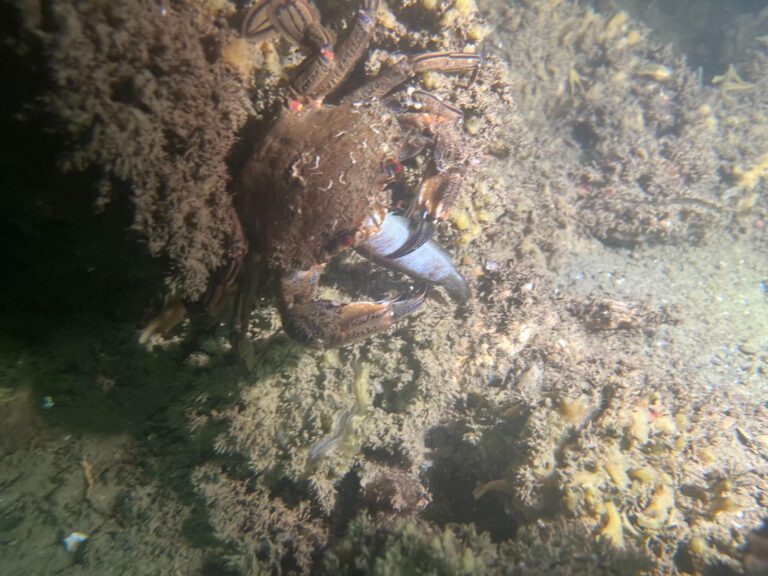Moon Jellyfish – Aurelia aurita

Moon Jellyfish (Aurelia aurita) - Kwal
-
Taxonomy: The Moon Jellyfish belongs to the Aurelia genus, within the Ulmaridae family. This family includes many jellyfish species, known for their gelatinous bodies and distinct shapes.
-
Species: The most common species is Aurelia aurita. They can grow up to 40 cm in diameter, with a translucent, umbrella-shaped bell.
-
Reproduction: They have a fascinating life cycle. They reproduce sexually, with males releasing sperm into the water. Fertilized eggs develop into larvae, which then settle and grow into polyps.
-
Habitat: They thrive in coastal waters worldwide. You can often find them in shallow areas, bays, and estuaries, where they drift with the currents.
-
Diet: Moon Jellyfish are carnivorous. They feed on plankton, small fish, and other tiny sea creatures. Their tentacles capture prey using specialized cells called nematocysts.
-
Conservation: While not currently endangered, Moon Jellyfish populations can fluctuate due to climate change and pollution. Their presence often indicates the health of marine ecosystems.
-
Unique Anatomy: Moon Jellyfish have a soft, gelatinous body with long, trailing tentacles. They can pulsate their bell to move through the water.
-
Coloration: These jellyfish are typically translucent, with a bluish or pinkish hue. Their color can change based on water conditions and environmental factors.
-
Lifespan: In the wild, Moon Jellyfish typically live for about 1 to 3 years, depending on their environment.
Moon Jellyfish: The Graceful Drifters of the Sea
When you dive into the ocean, you may encounter the enchanting Moon Jellyfish. These creatures are often overlooked but play a significant role in marine ecosystems. With their beautiful, flowing forms, they are a stunning sight to behold.
What is a Moon Jellyfish?
They are easily recognizable by their round, umbrella-shaped bodies. They float gracefully through the water, using their pulsating movements to navigate. Their translucent bodies allow you to see their internal structures, adding to their unique charm.
A Day in the Life of a Moon Jellyfish
Not strong swimmers. Instead, they rely on ocean currents to carry them along. They feed primarily at night, capturing small prey with their long tentacles. As they drift, they play a crucial role in maintaining the balance of marine life.
Unique Reproduction: A Cycle of Life
The reproductive cycle of Moon Jellyfish is fascinating. After mating, the females release fertilized eggs into the water. These eggs hatch into larvae, which settle on the seafloor and develop into polyps. Over time, these polyps produce more jellyfish, continuing the cycle.
Ecological Role: Indicators of Ocean Health
Moon Jellyfish are vital to the marine ecosystem. They help control plankton populations and serve as a food source for larger animals like sea turtles. Their presence can indicate the health of coastal waters. Monitoring their populations can provide valuable insights into marine conditions.
Conclusion
Moon Jellyfish are remarkable creatures that grace our oceans. With their delicate beauty and essential role in the ecosystem, they deserve our respect and protection. Next time you dive, take a moment to appreciate these unique beings. Their elegance adds to the underwater world’s diversity.







